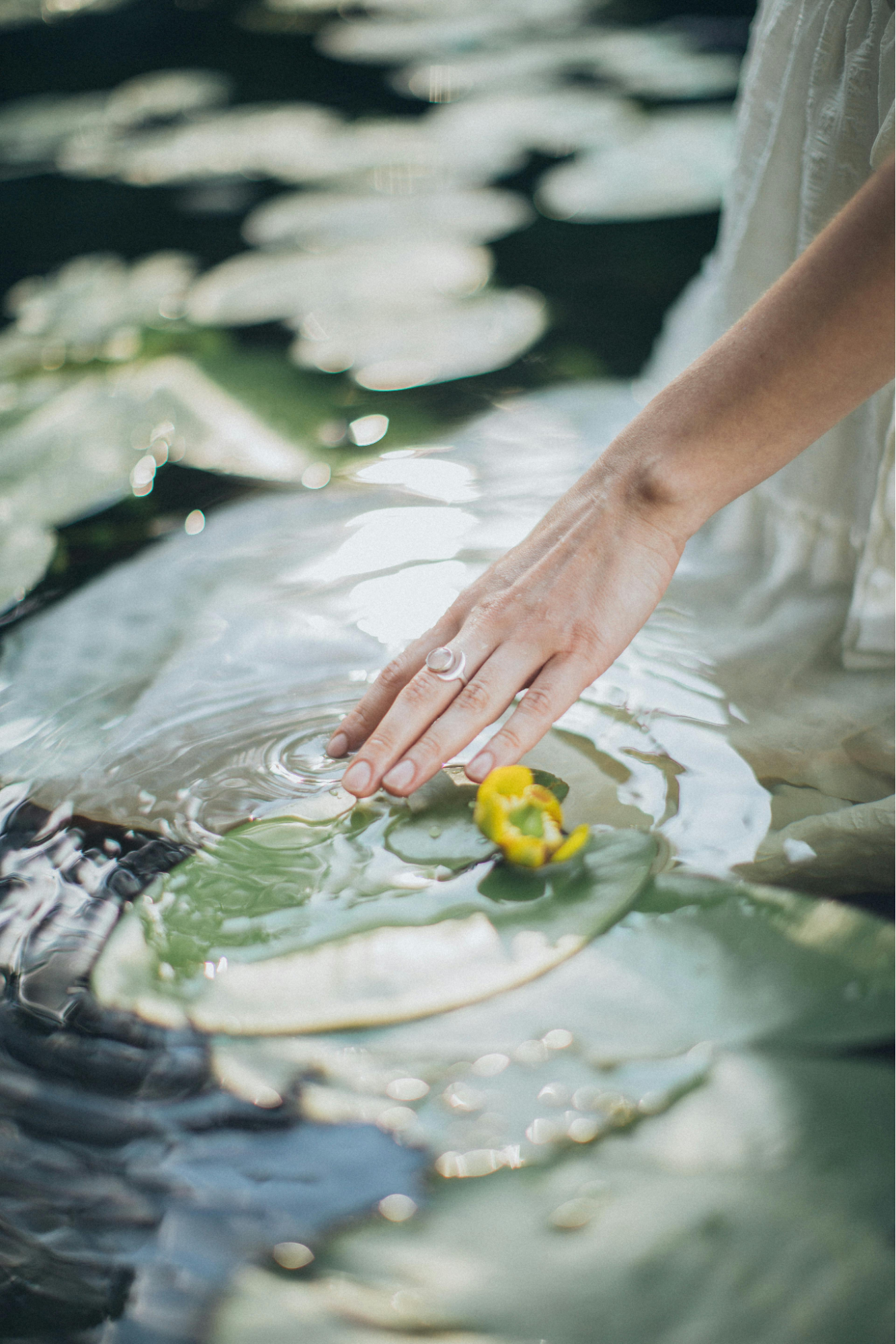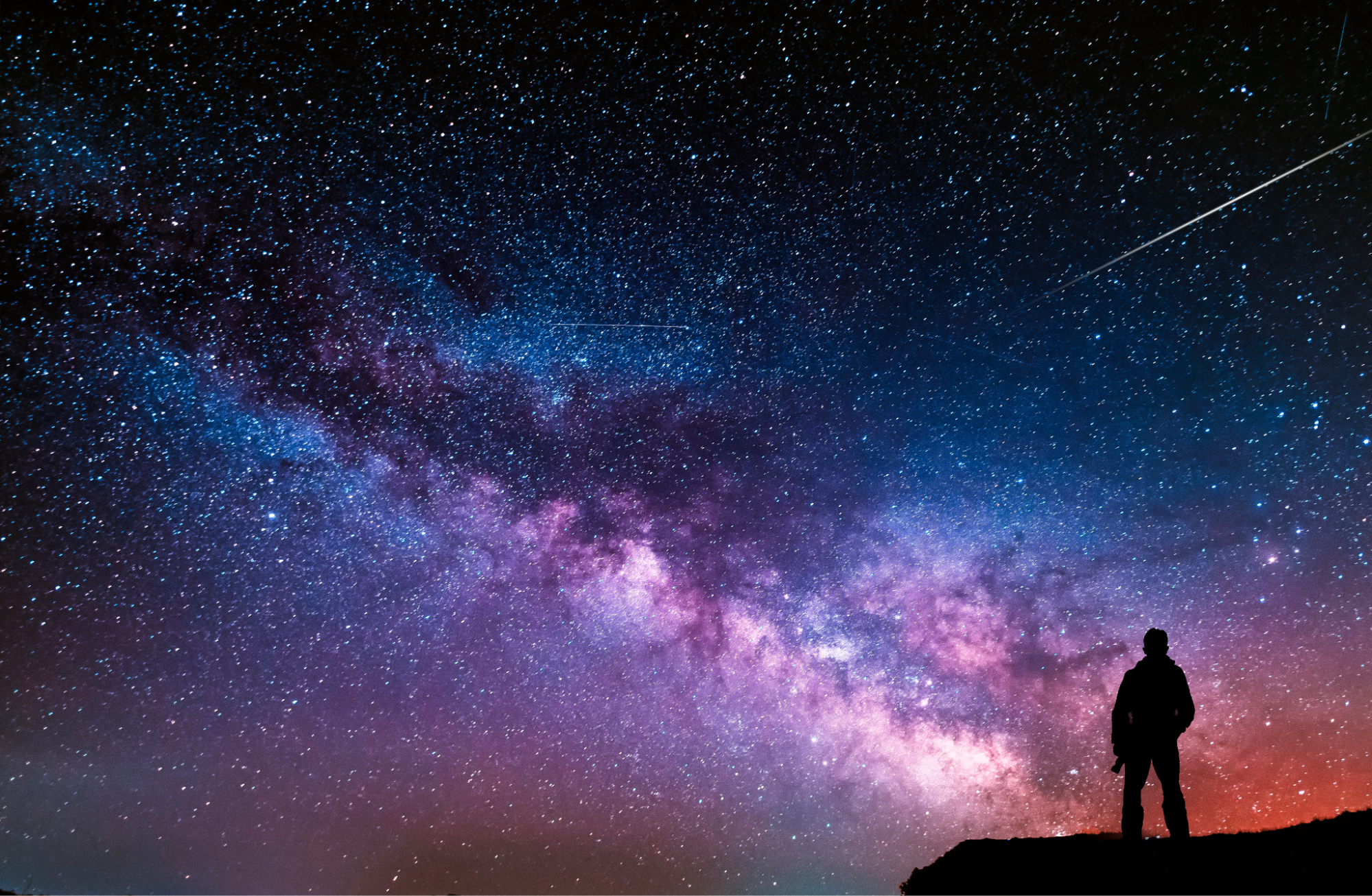When new members decide to join our community, we invite them to:
“Align with our core principles: do no harm; embrace healing as a sacred responsibility; live in inclusivity and unity; and honor the universal law of oneness.”
This simple statement holds a vision for how we walk through life, both individually and together. It isn’t meant as a strict set of rules but as a guiding light, something we return to again and again as we grow. Each phrase reflects a value that helps us live with greater kindness, connection, and meaning.
Do No Harm
“Do no harm” is one of the oldest ethical principles across cultures and traditions. It shows up in medicine, in spiritual teachings, and in everyday wisdom passed down through generations.
For us, it begins with awareness. Every action, no matter how small, ripples outward. The words we speak, the food we choose, the way we treat strangers on the street—all of these moments carry impact. To practice “do no harm” is to pause long enough to ask: Will this action bring more peace or more pain?
Of course, life is complicated, and we won’t always get it right. But even the effort to lean toward compassion changes us. It softens the way we move through the world and helps us create spaces where others feel safe and respected
Healing as a Sacred Responsibility
When we speak of healing as a sacred responsibility, we’re talking about a commitment to wholeness—both within ourselves and in the world around us. Healing is not just something that happens in a hospital or therapist’s office; it is a lifelong process of tending to the places where life has left us weary, wounded, or out of balance.
For many of us, healing starts on a personal level: learning how to rest when we’re exhausted, finding healthier ways to respond to stress, or seeking support when life feels overwhelming. It can also mean being honest about old patterns or hurts we’ve carried and choosing to address them instead of passing them on.
But healing isn’t only individual. Each time we extend kindness, repair a relationship, or help care for the Earth, we are participating in collective healing. The wellbeing of our communities and our planet is deeply connected to our own. In this sense, healing is sacred because it restores harmony—not just within us, and between us, but in the world all around us. Each step toward wholeness, whether personal or communal, creates ripples of renewal that touch far beyond ourselves.
Living in Inclusivity and Unity
Inclusivity is about making room—for different voices, different experiences, and different ways of seeing the world. It means creating spaces where people feel welcome just as they are, without needing to change or hide parts of themselves to belong. Sometimes this is as simple as offering a genuine smile, an open seat, or a listening ear. Other times it means noticing who isn’t in the room and taking steps to invite them in.
Unity doesn’t mean everyone thinking or acting the same. It’s more like harmony in music—many notes blending together to create something beautiful. When we live in unity, we remember that our differences don’t have to divide us; they can actually make our community stronger. Each person carries gifts that enrich the whole, and when those gifts are shared, everyone benefits.
Together, inclusivity and unity call us to build circles that keep widening, welcoming more voices while holding fast to what connects us at the deepest level: our shared humanity and our shared spirit.
Honoring the Universal Law of Oneness
The “universal law of oneness” points to the simple yet profound truth that everything is connected. What happens to one part of life inevitably ripples through the whole. We can see this in nature: when a river is polluted, the fish, the birds, and eventually the people who depend on that water are all affected. We can see it in human relationships too: a single act of kindness can brighten an entire day, while a careless word can leave echoes of hurt.
Many spiritual traditions describe this interconnection as a sacred law. Science also hints at it when it reveals the intricate webs of ecosystems, or when we notice repeating patterns that show up from the smallest cells to the largest galaxies. In this way, life is a kind of fractal universe—where the same shapes and truths mirror themselves at every scale, reminding us that the whole is reflected in each part.
To honor oneness is to live with that awareness. It doesn’t mean losing our individuality; each of us is a unique expression of the greater whole. But when we act with the understanding that we are part of one living fabric, our choices naturally shift. Caring for the Earth becomes caring for ourselves. Offering compassion to another becomes a way of honoring the Divine spark within us all.
Living with this consciousness can feel like walking through life with a wider lens—one that sees not only the immediate but the interconnected. It is an invitation to move gently, to act thoughtfully, and to remember that we are always part of something larger, and something sacred.
Closing Reflection
To align with these principles is to take a gentle but powerful step toward living with greater awareness. Do no harm reminds us to move with care. Healing as responsibility reminds us to mend what is broken, in ourselves and in the world. Inclusivity and unity invite us into belonging. And oneness helps us see that beneath it all, we are deeply connected.
These are not abstract ideas. They are guideposts for everyday life. By walking with them—imperfectly, sincerely, together—we create lives rooted in compassion, communities grounded in respect, and a world more aligned with the sacredness of all things.

